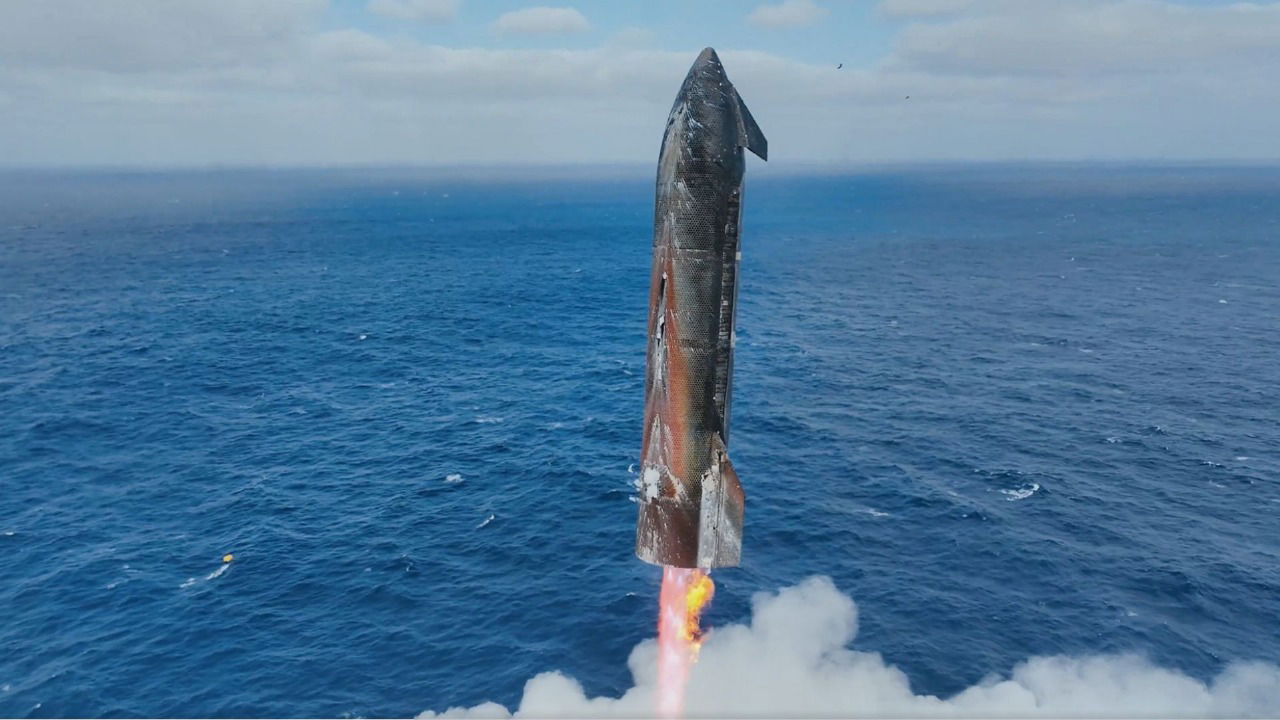Space exploration has entered an exciting new era, with private companies pushing the boundaries of what is possible in space beyond our planet. Leading the charge, Elon Musk's SpaceX made a giant leap on Monday, successfully launching its gargantuan Starship rocket in the 11th full-scale test flight. The flight, launched from SpaceX's Starbase near the southern tip of Texas, is a key milestone toward reusable space travel and future lunar and Martian missions.
Starship sets new benchmarks in reusable rocket science
The Super Heavy booster started the Starship launch by firing all 33 of its Raptor engines across the Gulf of Mexico. After a smooth ascent, the upper stage ignited six engines, shooting the spacecraft further into orbit. After the stages parted, the booster performed a boostback burn, firing 12 of 13 engines to return toward a controlled splashdown point off the Texas coast. A final engine reignition enabled it to hover over the ocean before easing into the Gulf, finishing the mission. "Hey, welcome back to Earth, Starship," SpaceX's Dan Huot said during applause from employees, as reported by NPR.
Monday's test flight also had eight dummy satellites simulating SpaceX's Starlink modules aboard to enable the fine-tuning of payload release and testing of the reusable nature of Starship. In contrast to its flight in August, Monday's mission involved the use of newer techniques in reentry over the Indian Ocean, enhancing the rocket's accuracy and safety for future flights.
Standing at 123 meters, Starship is the largest and most capable rocket ever constructed. Its development is instrumental not just for Musk’s vision of Mars but also for NASA's Artemis mission, which is designed to land astronauts on the south pole of the Moon within this decade. NASA acting administrator Sean Duffy referred to the flight as "another major step toward landing Americans on the moon," sharing the message on X.
Musk, who observed the launch from outside the control room for a more "visceral" experience, is still pushing SpaceX's limits. On Wednesday he posted on his X saying, "Starship will make life multiplanetary". The company is simultaneously upgrading its Cape Canaveral launch facilities to support Starship alongside Falcon rockets, which now transport astronauts and cargo to the International Space Station.
With every successful test, Starship brings humanity one step closer to walking on new planets which is a leap that is a blend of ambition, precision engineering, and hope for exploring beyond the planet Earth.











